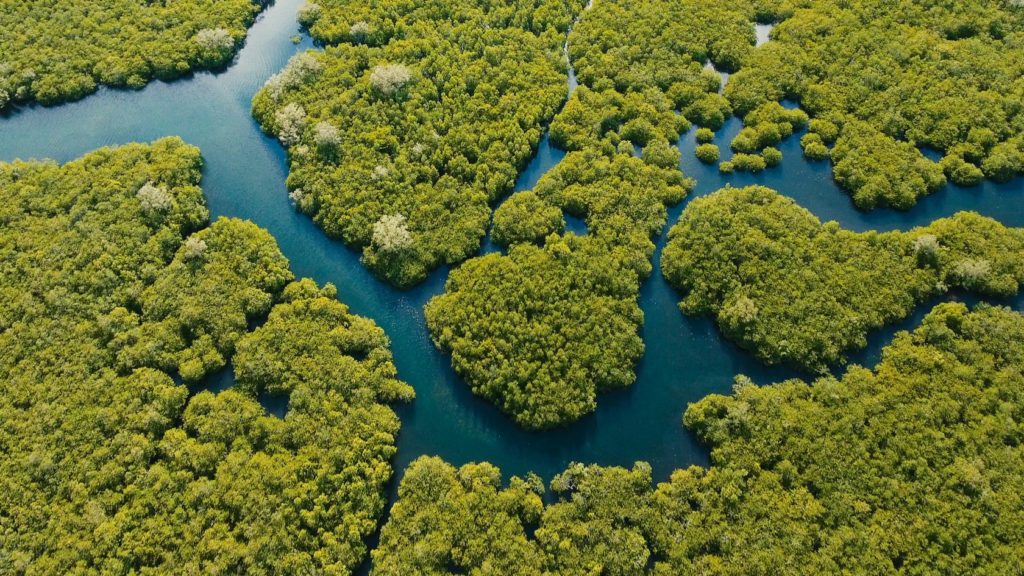heading
PROJECT: GOVERNANCE, ADVOCACY AND LEADERSHIP IN WATER, SANITATION AND HYGIENE (GOAL WASH)Philippines
Achieving the SDGs through the Integrated Safe Water, Sanitation and Hygiene Approach – iWaSH Governance.

Goals
• Increase the number of households, schools and health centers with access to safe water, sanitation and hygiene.
• Improve national and local policies on integrated safe water, sanitation and hygiene.
Challenges
Millennium Development Goals progress in terms of water, sanitation and hygiene showed that use of improved drinking water sources was at 84 percent in 1990 and rose to 92 percent in 2015. Use of improved sanitation facility was measured at 57 percent in 1990 and by 2015 it was recorded at 74 percent.
Despite steady progress, it is estimated that 7 million Filipinos still defecate in the open. Additionally, there are 323 municipalities in the Philippines who continue to have no sustained access to safe water, sanitation and hygiene. These municipalities are difficult to access and are clearly left behind in terms of achieving SDG 6.
Exacerbating the problem is the fragmentation of structures, policies and programs on safe water, sanitation and hygiene at the national and local levels resulting in uncoordinated and ambiguous policies for the sector.
Opportunities
The Philippines is a signatory of the 2030 Agenda and the 17 SDGs. These are expressed in the Philippine Development Plan 2017 – 2022, providing an opportunity to effectively sustain the implementation of the integrated safe water, sanitation and hygiene (iWaSH) approach.
Through GoAL WaSH, there is an opportunity to institutionalize iWaSH in national policies specifically in the water and sanitation roadmaps. The Regional Water and Sanitation Hubs (RHubs), composed of partner state universities, water districts, non-government organizations and civil society organizations, are organized to assist the local government units in mainstreaming iWaSH in local plans and budgets. The RHubs are tasked to support the government in preparing local government units and communities to develop local projects in establishing, improving and expanding water and sanitation systems and facilities.
Strategy
The iWaSH approach ensures a complete package of interventions consisting of social preparation and community organizing, construction of water supply and sanitation facilities and behavioral change campaigns. All these interventions are implemented in an integrated manner. The project focuses on 13 municipalities that are left behind in terms of achieving SDG 6. GoAL WaSH will also support the development of policies and governance instruments to broadening access to safe water, sanitation and hygiene.
Local citizens groups are being established to monitor the implementation of integrated safe water, sanitation and hygiene at the community level. Furthermore, GoAL WaSH is supporting coordination among WASH sector institutions at the national level.
Achievements
The interventions of the iWaSH approach have been adopted widely in every beneficiary community. These interventions include capacity-building activities for municipal and community officials, conducted by the regional water and sanitation hubs. These are composed of partner state universities, district water authorities, NGOs and civil society organizations, which are organized to mainstream iWaSH in their local plans and budgets. The hubs also support the government, specifically the WaSH programmes of the Department of the Interior and Local Government, in facilitating waterless communities to develop local projects on establishing, improving, and expanding water and sanitation systems and facilities.
In total, 7,169 households in six regions received improved access to water supply following the construction of new infrastructure. Provision of water quality monitoring kits by the project has been valuable in the identification of contaminated drinking water sources in the target municipalities. In one municipality, drinking water sources tested revealed that the majority (87 out of 110 water sources) tested positive for total coliform, including the E. coli bacteria. Local government authorities had the opportunity to immediately take action and communicate this to the relevant communities.
iWaSH became a priority in the ten local government units (LGUs), as evidenced in their medium- and long-term (5–10 years) targets and investment requirements. These set out a framework to increase access to safe water, sanitation, and hygiene in the form of infrastructure development and rehabilitation of iWaSH facilities; capacity development programmes to organize barangay iWaSH associations and community groups; sanitation and hygiene promotion/advocacy; and provision of materials and equipment for water quality monitoring. The iWaSH programme influenced 79 municipalities that were able to establish their WaSH baselines by conducting iWaSH assessments, and 35 LGUs that were able to develop their iWaSH sector plans (total budget USD 162,217).
Following the iWaSH approach, the Department of the Interior and Local Government has initiated a project that will identify viable water sources for bulk water supply. The supply is based on the analysis of existing conditions, technology options in system design, and demands of other competing sector users (e.g. irrigation and agriculture). The system is designed for bulk water supply in three provinces and 29 municipalities (budget USD 1.56 million from the National Economic Development Authority Funding Facility).
